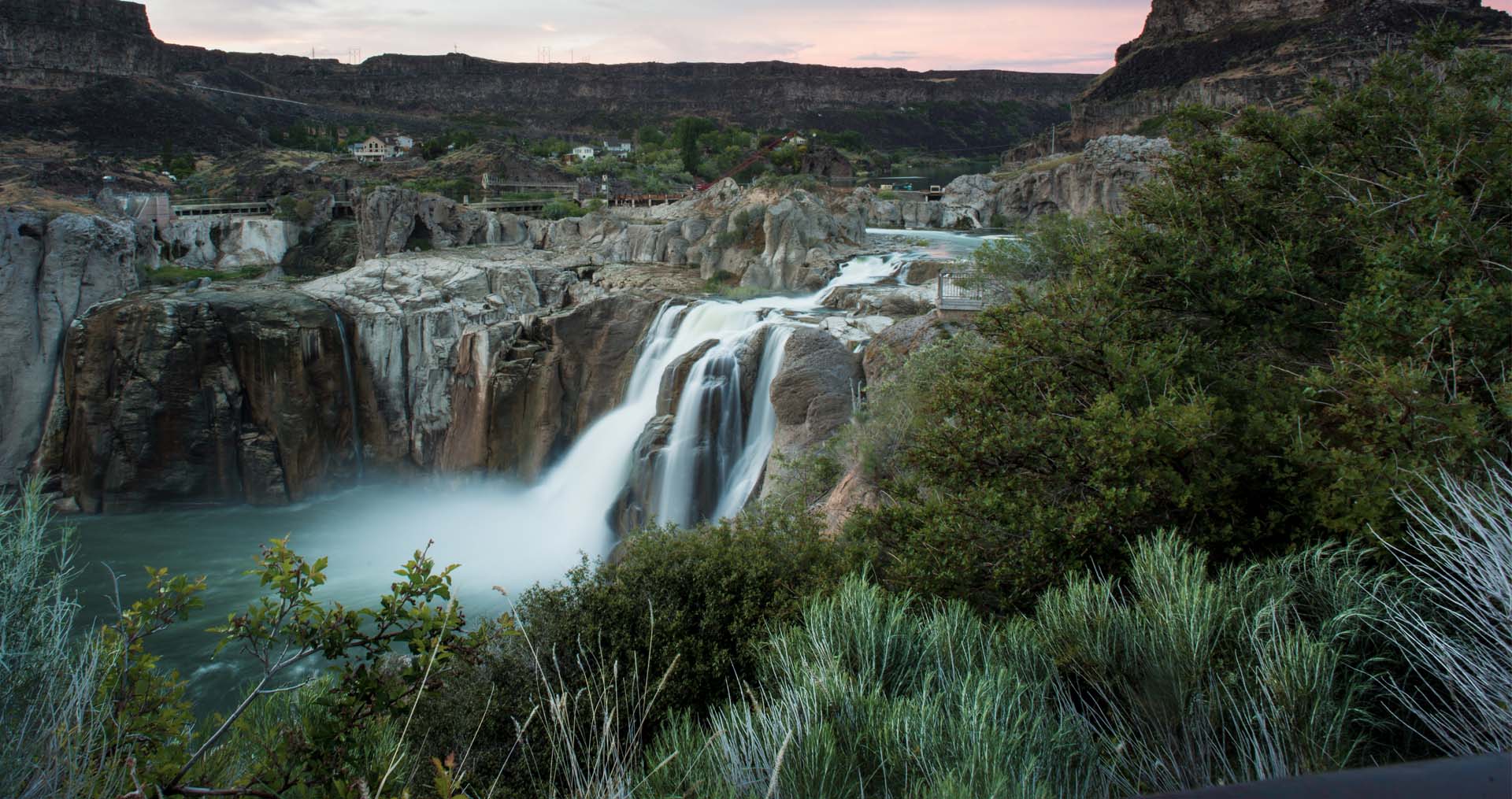Idaho Power receives energy from four natural gas-fired power plants. In gas turbines, natural gas is burned and the hot gas produced is directed at turbine blades. This process is like a turbo-prop aircraft engine, but in generation applications, the turbine turns the generator, rather than a propeller. Gas can also be used to create steam which creates pressure to spin a turbine.
We also have a 5-megawatt (MW) diesel electric generating plant near Salmon, Idaho, which is used primarily for backup in the event of a transmission outage.
- Langley Gulch came on-line in 2012. It’s a clean, quiet, highly-efficient, combined-cycle combustion turbine. In a combined-cycle natural gas plant, heat from the process is also used to make steam, which spins a separate turbine to generate additional electricity. The plant’s generating capacity ranges from 300 MW in the summer to 330 MW in the winter. Langley Gulch helps integrate intermittent resources, such as wind and solar from projects tied to our system. The plant is located on 137 acres in rural Payette County.
- The Bennett Mountain Power Plant in Mountain Home was completed in 2005 and has a generating capacity of 172.8 MW.
- Learn more about our proposal to expand the Bennett Mountain plant and add a flexible resource for our customers’ growing needs.
- The Danskin Power Plant consists of three natural gas-fired simple cycle combustion turbines and has a generating capacity of 270.9 MW.
- The Jim Bridger Plant in Wyoming has four generating units. Two of those were converted in early 2024 to use natural gas instead of coal. Idaho Power is one-third owner of the Bridger plant. The company’s share of the plant’s natural gas-fired capacity is 357 MW.
Our 2025 Integrated Resource Plan (IRP) includes plans for additional coal-to-gas conversions as well as potential additional gas-fired resources in the coming years.
